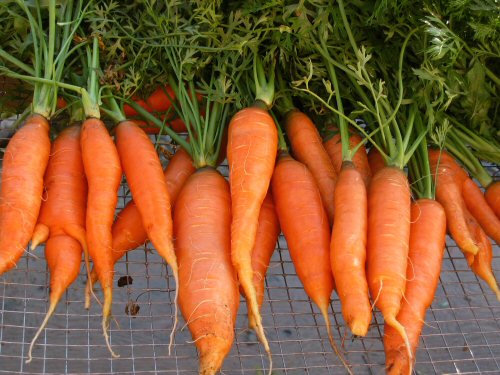Serves 1
1 Egg (or more)
3-4 Rashers smoked Streaky Bacon (or more)
1 English Toasting Muffin (or more)
2 Slices Processed Cheese (or more)
BACON: I had to defrost my bacon, so threw it in the oven for about 5 minutes to thaw out. This had the side-effect of cooking the meat gently and not shrinking the fatty portions as it would in a frying pan. To get the bacon to crisp up slightly at the edges, I then whacked it in a dry frying pan and put it on a gentle heat to render out the fats a little further. This means the bacon doesn't get too greasy, and doesn't burn at the edges either.
EGG: Despite professing to Not Be A Fucking Foodie, I do somehow have a set of 'Presentation Rings' given to me as a birthday present by my parents - tallish cylinders ostensibly for serving incredibly smooth mashed potato or rice pudding etc. Luckily, they are exactly the same circumference as the average muffin, and so I decided I had to use them to cook a perfectly circular egg. By placing one of the rings in the frying pan (an old cast iron family heirloom that's ever so slightly concave), the egg sits perfectly in the middle without dribbling all over the pan. Cook the egg in the ring in a mixture of butter and vegetable oil on a low flame. Since the egg is going to be slightly thicker than normal, the heat from the pan isn' going to fully cook through to the top before the bottom turns too brown, so put a plate over the ring. This allows the yolk to steam, cooking it from the top down as well as the bottom up. Make sure to jiggle the egg around a little to stop it sticking to the sides.
McMUFFIN: Slice (this time, don't tear) into two halves and liberally butter each side. Place a slice of cheese on the bottom and pop under a hot grill for about a minute until melted. Place the egg on top, followed by the bacon, followed by another slice of cheese. Repeat under the grill so that the cheese runs into the spaces in between the bacon, and top with the top half of the muffin. It is vitally important that you don't use anything but the cheapest, most artificial cheese available. Anything with any kind of cheddary tang would completely ruin the balance of the meal.







